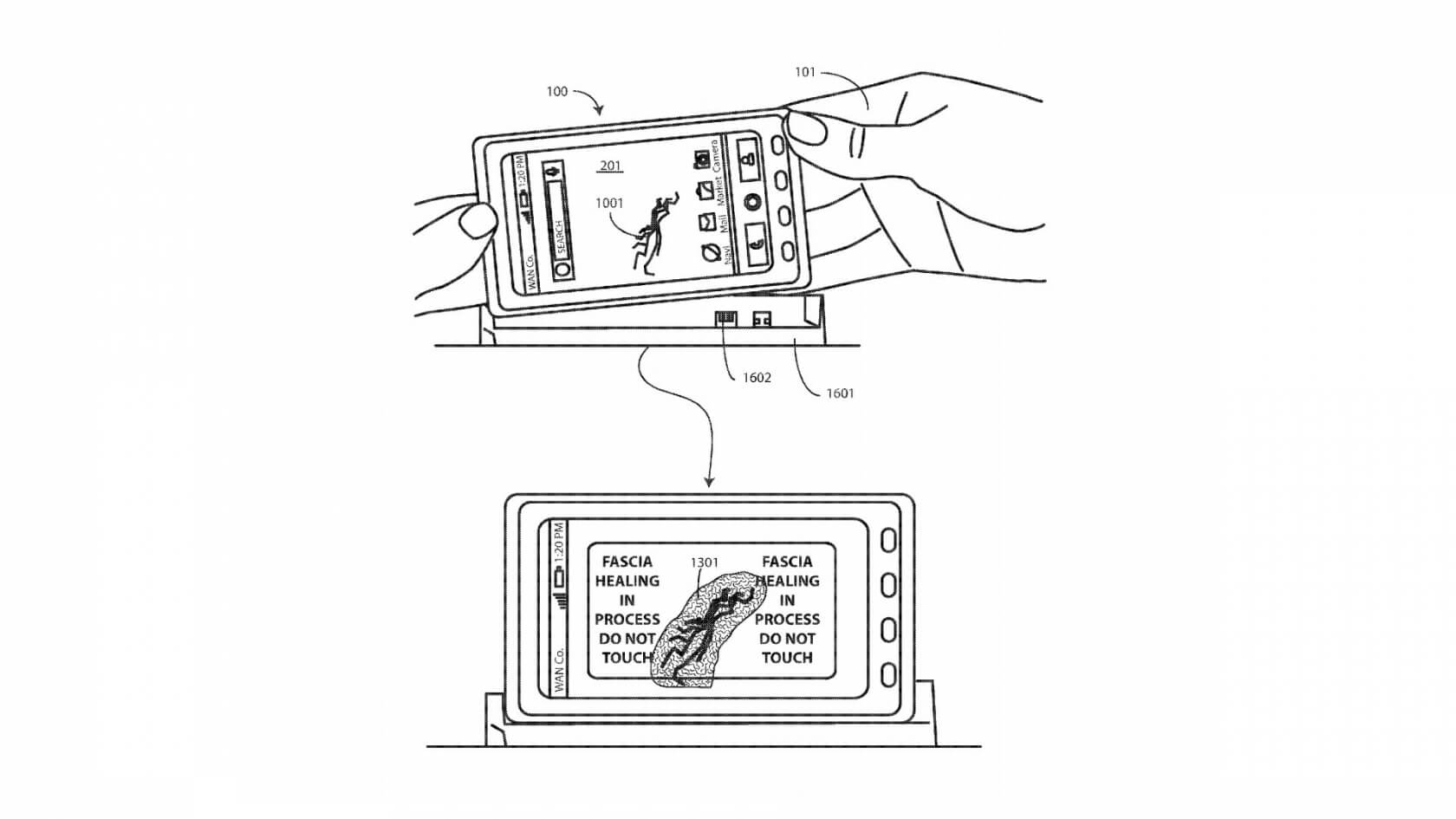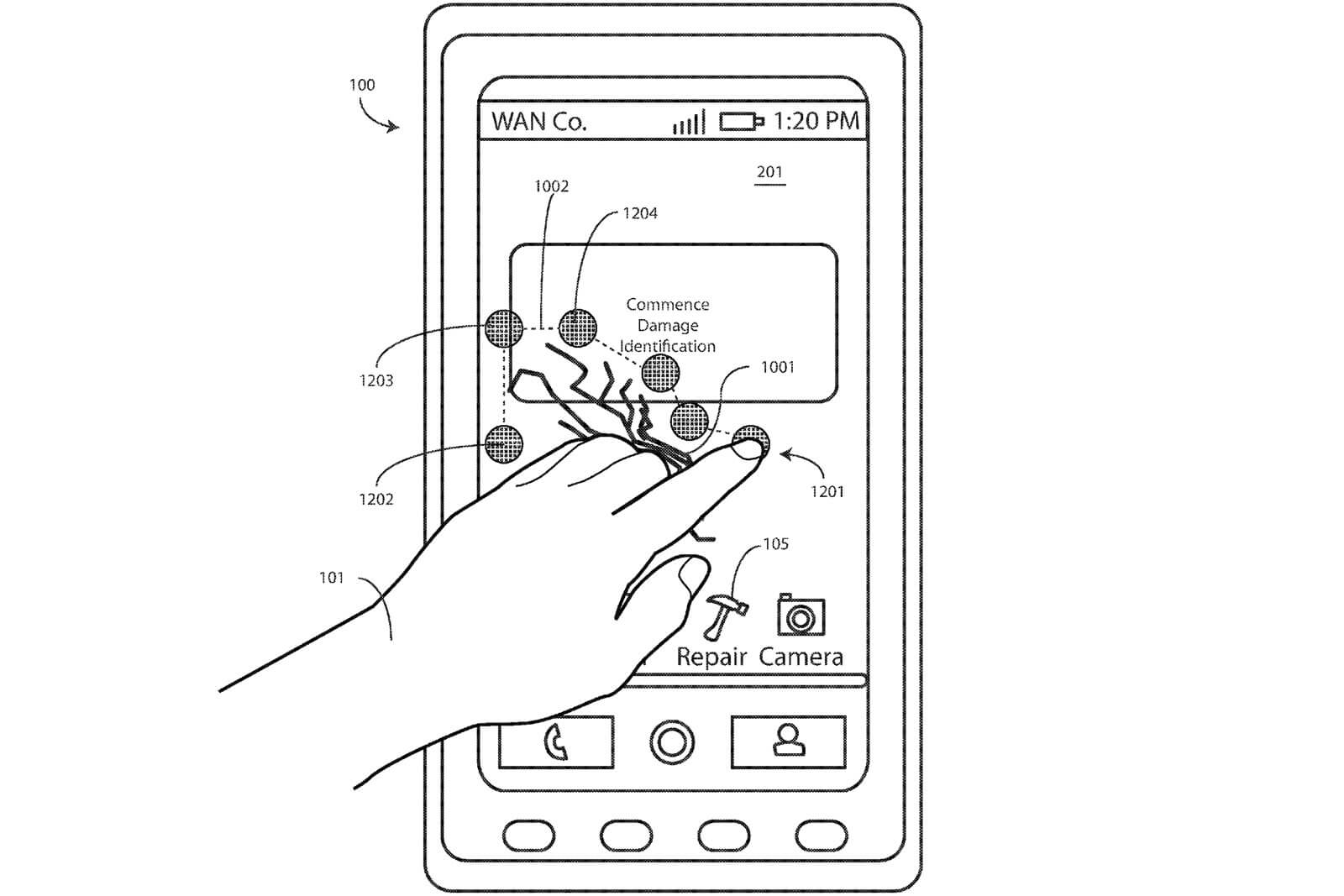A cracked screen is a nightmare scenario that many smartphone owners have faced, so wouldn't it be great if there was a handset that could repair the damage itself? Based on a recently published patent, Motorola could already be working on the technology.
The US Patent and Trademark Office documents show how the process uses "shape memory polymer," a material that can repair damage by reshaping itself through thermal cycling (rapidly changing its temperature).
The heat used to fix the material, which could be applied over the top of a LCD or LED display, might be generated by the phone itself. Motorola envisions using an app that can analyze the screen and detect where repairs are required. It might also be possible to use a dock, plug-in panel, or even the owner's body heat for the process.
It will likely be necessary for larger repairs to take place overnight, which is where the docks and panels that provide the required extra power come in.

Using the polymer display is unlikely to feel as satisfying as a standard glass touchscreen, of course. And it will probably only be able to fix itself a certain number of times. The biggest caveat is, as with all patents, there's no guarantee that Motorola will ever develop this screen-repairing technology. And even if it does, it will be years before it appears.
This wouldn't be the first time such a material has been used in smartphones. LG's G Flex 2 featured second-generation self-healing polymers on its rear panel, though the front was glass. When it was scratched or lightly damaged, the coating could repair itself in around 10 seconds at room temperature. The original G Flex had a similar rear coating, but it took hours to fix scratches.
